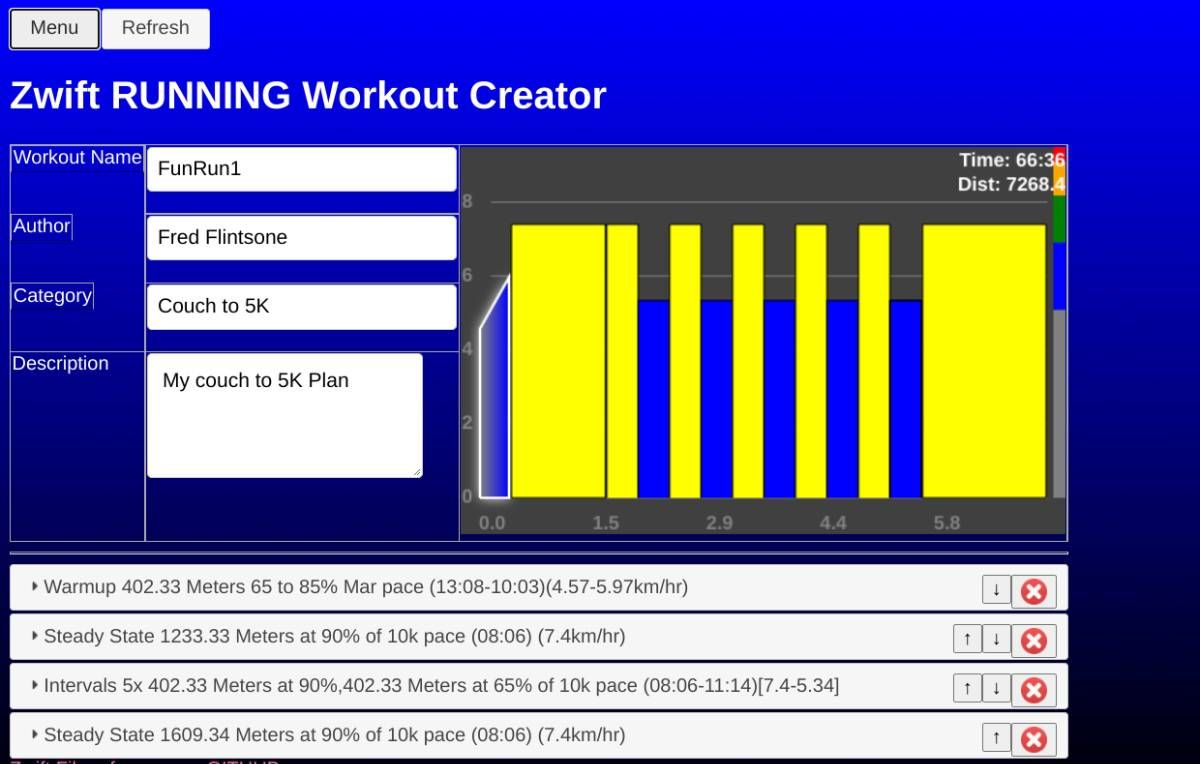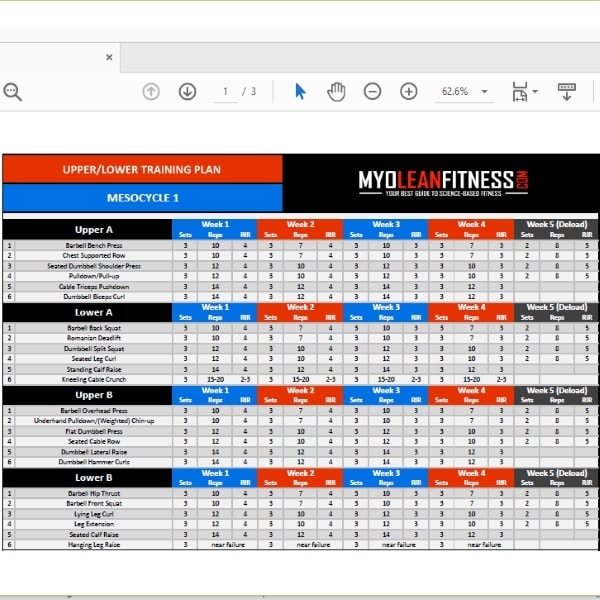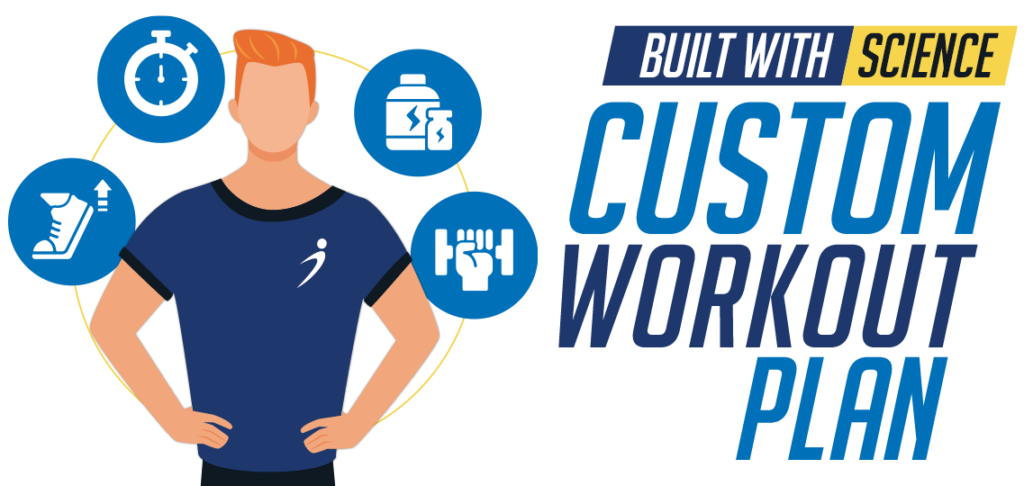Machine Learning for Personalized Workout Plans

In recent years, machine learning has become increasingly popular for a variety of applications, including healthcare, finance, and retail. One area where machine learning is showing great promise is in the development of personalized workout plans.
Personalized workout plans are designed to meet the specific needs of individual users, taking into account factors such as their fitness level, goals, and lifestyle. Machine learning can be used to analyze a user's data, such as their weight, height, age, and activity level, to create a personalized workout plan that is tailored to their individual needs.
There are a number of benefits to using machine learning for personalized workout plans. First, machine learning can help to ensure that users are getting the most out of their workouts. By taking into account a user's individual fitness level and goals, machine learning can create a workout plan that is challenging enough to improve their fitness but not so challenging that they are likely to get discouraged.

Second, machine learning can help to save users time. By automating the process of creating personalized workout plans, machine learning can free up users to focus on their workouts. This can be especially beneficial for busy individuals who may not have the time to research and create their own workout plans.
Third, machine learning can help to improve user adherence to their workouts. By creating a personalized workout plan that is tailored to their individual needs and interests, machine learning can help to keep users motivated and on track. This can lead to better results in terms of fitness and overall health.
There are a number of different ways that machine learning can be used to create personalized workout plans. One common approach is to use supervised learning algorithms. With supervised learning, a machine learning model is trained on a dataset of labeled data. In the case of personalized workout plans, the labeled data would consist of information about users' fitness levels, goals, and lifestyle habits. The machine learning model would then be able to use this data to predict the best workout plan for a given user.

Another approach to creating personalized workout plans is to use unsupervised learning algorithms. With unsupervised learning, a machine learning model is trained on a dataset of unlabeled data. In the case of personalized workout plans, the unlabeled data would consist of information about users' activities, such as the exercises they do, the intensity of their workouts, and the duration of their workouts. The machine learning model would then be able to use this data to identify patterns and trends that can be used to create personalized workout plans.
Machine learning is a powerful tool that can be used to create personalized workout plans that are tailored to the individual needs of each user. By taking into account factors such as fitness level, goals, and lifestyle habits, machine learning can help to ensure that users are getting the most out of their workouts and achieving their fitness goals.
Benefits of Using Machine Learning for Personalized Workout Plans

There are a number of benefits to using machine learning for personalized workout plans. These benefits include:
- Improved accuracy: Machine learning algorithms can be trained to take into account a wide range of factors, including a user's fitness level, goals, and lifestyle habits. This allows them to create personalized workout plans that are more likely to be effective than plans that are created manually.
- Increased efficiency: Machine learning algorithms can automate the process of creating personalized workout plans, which can save users time. This is especially beneficial for busy individuals who may not have the time to research and create their own workout plans.
- Enhanced motivation: Machine learning algorithms can be used to create personalized workout plans that are tailored to a user's individual interests and preferences. This can help to keep users motivated and on track, which can lead to better results in terms of fitness and overall health.
Challenges of Using Machine Learning for Personalized Workout Plans

There are also a number of challenges associated with using machine learning for personalized workout plans. These challenges include:
- Lack of data: In order to create accurate and effective personalized workout plans, machine learning algorithms need to be trained on a large dataset of data. However, in many cases, there may not be enough data available to train a machine learning model.
- Bias: Machine learning algorithms can be biased, which means that they may not produce accurate results for certain groups of people. This is a particular concern for algorithms that are trained on datasets that are not representative of the population as a whole.
- Interpretability: Machine learning algorithms can be complex, which makes it difficult for users to understand how they work. This can make it difficult to trust the results of machine learning algorithms, and it can also make it difficult to debug algorithms that are not performing as expected.
Future of Machine Learning for Personalized Workout Plans


The future of machine learning for personalized workout plans is promising. As the amount of available data continues to grow, and as machine learning algorithms become more sophisticated, it will become possible to create personalized workout
Post a Comment